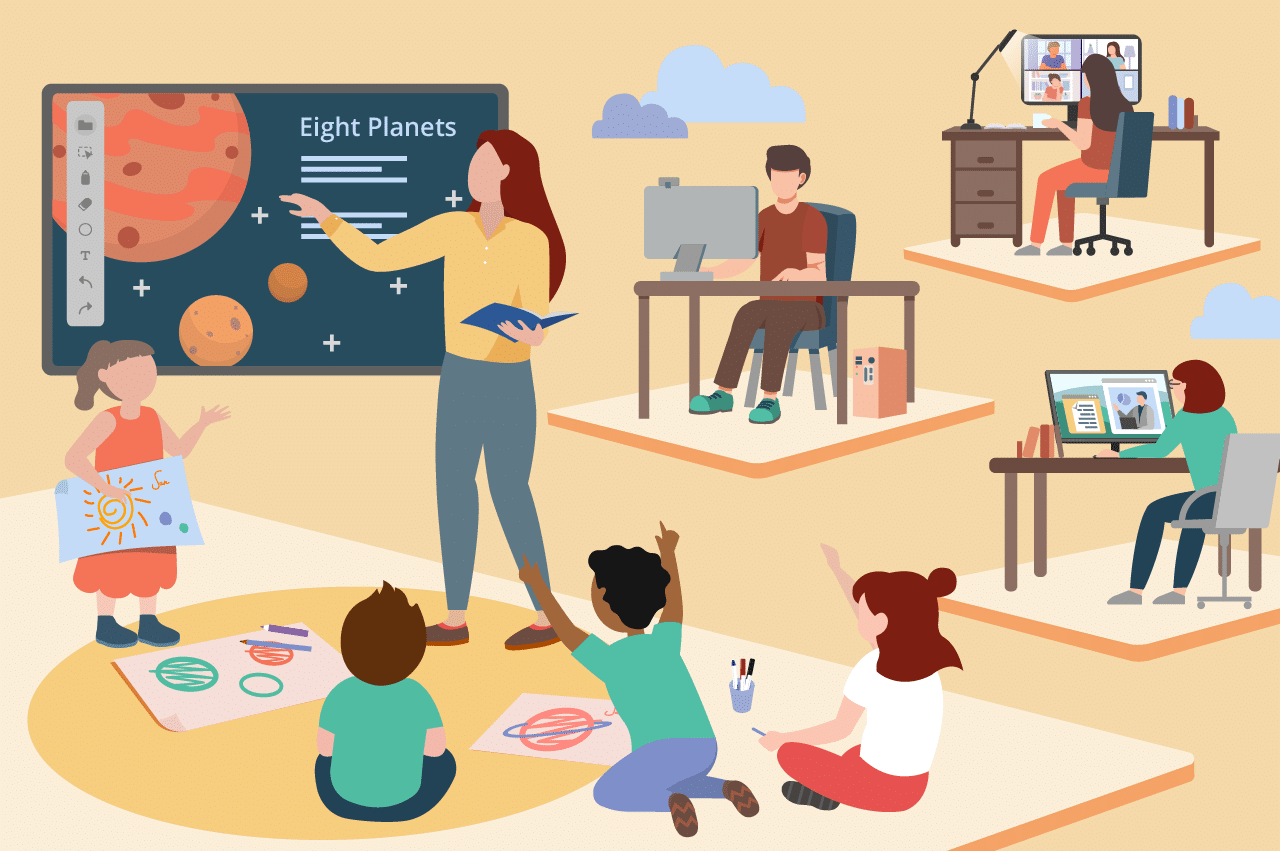A matter of Agreement At the level of international debate and action three principles tend to be broadly shared. These are the need to und...
A matter of Agreement At the level of international debate and action three principles tend to be broadly shared. These are the need to understand quality education in terms of (a) content relevance, (b) access and outcome and (c) observance of individual rights. In much current international thinking, these principles are expected to guide and inform educational content and processes and also represent more general social goals to which education itself should contribute. This is reflected in the thinking of the following international bodies: UNICEF: recognizes five dimensions of quality:
the learners, the environments, content, processes and outcomes, founded on the rights of the whole child, and all children, to survival, protection, development and participation (UNICEF, 2000, in UNESCO, 2005). UNESCO’s understanding of education quality seeks to identify unambiguously the important attributes or qualities of education that can best ensure that goals are actually met. Quality education should encourage learner’s creative and emotional development, 6 in supporting objectives of peace citizenship and security, promoting equality and passing global and local cultural values down to future generations. It should allow children to reach their fullest potential in terms of cognitive, emotional and creative capacities. Improving the quality of education would require systems in which the principles of scientific development and modernization could be learned in ways that respect learners’ socio-cultural contexts.
Thus, a quality education system must manage to provide all children and young people with a comprehensive education and with an appropriate preparation for working life, life in society and private life. This should be achieved without distinctions of any kind such as those based on parents’ income, colour, gender, language, religion, political and other opinion, national or social origin. Underpinning UNESCO’s quality education framework is a four-fold principle of learning (Jacques Delors, 1996) as illustrated below: Type Principle Learning to Know Acknowledging that quality learning provides opportunities for learners to build their own knowledge daily combining indigenous and external elements Learning to Do Opportunities for learners to apply what they learn Learning to Live Together Developing in learners attitudes free from discrimination, where all have equal opportunities to develop themselves, their families and their communities Learning to develop skills Emphasis on skills required for developing individuals’ full potential This conceptualization of education provides an integrated and a comprehensive view of learning and, therefore, of what constitutes education quality. The Jomtien Declaration and Dakar Framework for Action The World Declaration on Education for All (EFA), in 1990, identified quality as a prerequisite for achieving the fundamental goal of equity. While the notion of quality was 7 not fully developed, it was recognized that expanding access alone would be insufficient for education to contribute fully to the development of the individual and society. Emphasis was accordingly placed on assuring an increase in children’s cognitive development by improving the quality of their education. Similarly, the 2000 Dakar Framework for Action affirmed that quality was ‘at the heart of education’ – a fundamental determinant of enrolment, retention and achievement. Its expanded definition of quality set out the desirable characteristics of learners (healthy, motivated students), processes (competent teachers using active pedagogies), content (relevant curricula) and systems (good governance and equitable resource allocation). Although this established an agenda for achieving good education quality, it did not ascribe any relative weighting to the various dimensions identified. Thus, the Dakar forum emphasized the need to “improve all aspects of quality of education to achieve recognized and measurable learning outcomes for all-especially in literacy, numeracy and essential life skills” (Dakar Framework for Action, Article 7, World Education Forum 2000).
4. Dimensions of Education Quality The following dimensions of education quality emerge from the literature: Learner Characteristics How people learn - and how quickly - is strongly influenced by their capacities and experience. Assessments of the quality of education outputs should not ignore initial differences among learners. Important determining characteristics can include cultural and religious background and the amount and nature of prior learning. It is therefore important that potential inequalities among students, deriving from gender, disability, race and ethnicity, HIV/AIDS status and situations of emergency are recognized. These differences in learner characteristics often require special responses if quality is to be improved. Context Links between education and society are strong and each influences the other. Education can help change society by improving and strengthening skills, values, 8 communications, mobility (link with personal opportunity and prosperity) personal prosperity and freedom. However, education usually reflects society rather strongly: The values and attitudes that inform it (education) are those of society at large. Equally important is whether education takes place in the context of an affluent society or one where poverty is widespread. In the latter case, opportunities to increase resource for education are likely to be constrained. More directly, national policies for education also provide an influential context. For example, goals and standards, curricula and teacher policies set the enabling conditions within which educational practice occurs. These contextual circumstances have an important potential influence upon education quality.

No comments